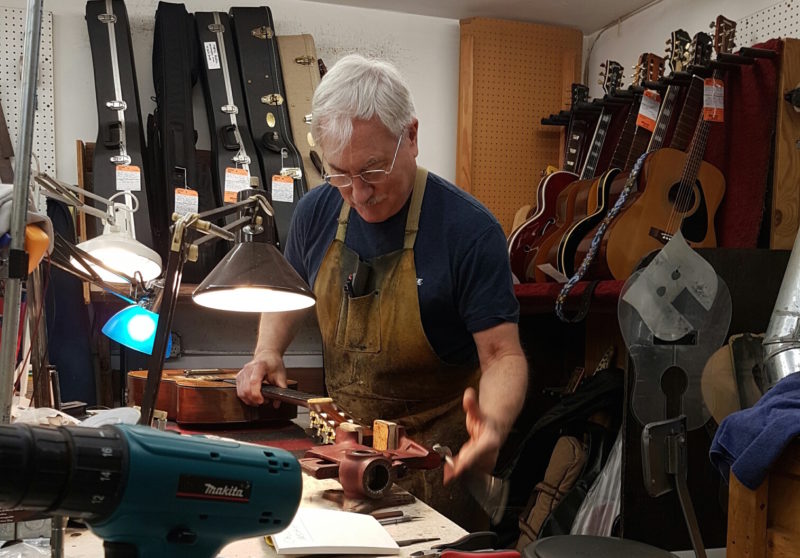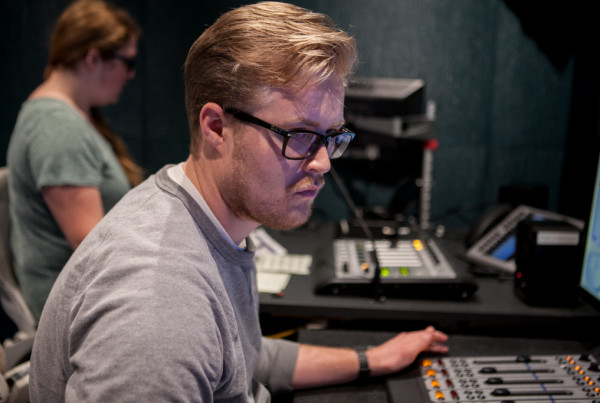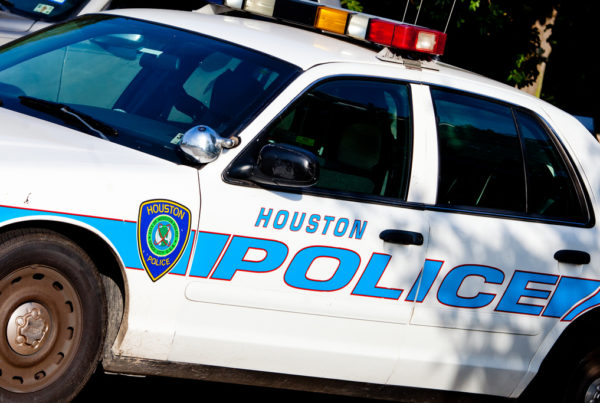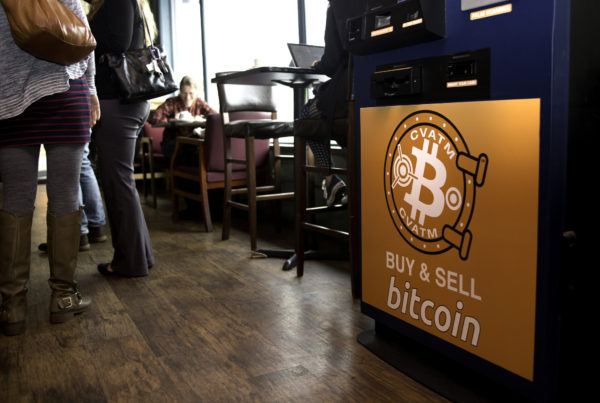A handful of musical instruments are so closely associated with certain artists that the instruments themselves are known by their first names.
Maybe you’ve heard of Lucille, B.B. King’s favorite guitar – or Eric Clapton’s Blackie, the famous Stratocaster you see in photos from the 1970s.
But in the rarefied world of musical instruments known by their first names, none are quite as elite or historically significant as that beat-up old warhorse Trigger. It’s an acoustic guitar that’s as much a part of the iconography of Willie Nelson as his braids or bandanna – an instrument so cherished by its owner and considered so irreplaceable that it travels with its very own 24/7 bodyguard.
A few days before Christmas, I got a call that Nelson would be spending a little time in Hawaii, a recharge of sorts before the next tour. Trigger wouldn’t be traveling with him; instead he would be returning to Texas for some repair work. Would I like to come and see? Would I ever.
In a quiet, older neighborhood in the Texas capital city, tucked behind fences draped with hydrangeas, I walk up to what looks like a backyard studio – an unassuming place, given all the history here. In this cluttered but immaculate workshop, in a dark green smock, Mark Erlewine hovers over his workbench.
He’s surrounded by mallets and electric screwdrivers, bottles of solvent and jars of q-tips. His patients – priceless electric Gibsons and Fenders and more exotic six- and four-stringed creatures – hang along the wall, waiting for Erlewine’s undivided attention.

















